Travel Phrases in 20 Languages
Traveling to a new country is an exciting adventure, and having a basic understanding of the native language can greatly enhance your experience. Speaking even a few words can open doors and create meaningful connections, whether you’re asking for directions, ordering food, or simply greeting locals. I believe in the power of language to enrich your travels and make your journeys more memorable.

Catalan
Catalan is a Romance language spoken mainly in the Catalonia region of northeastern Spain, as well as parts of France, the Balearic Islands and Valencia. It is also used by Catalan-speaking communities around the world. Catalan is of Vulgar Latin origin and shares similarities with other Romance languages such as Spanish, French and Italian. It …
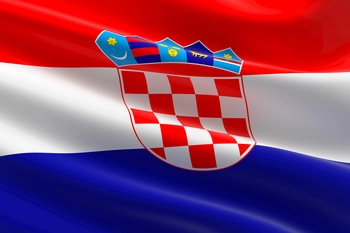
Croatian
Croatian is a South Slavic language spoken primarily in Croatia, where it is the official language. It is also spoken in Bosnia and Herzegovina and other neighboring countries with Croatian communities. Croatian is closely related to Serbian, Bosnian, and Montenegrin, and they are mutually intelligible. It uses the Latin-based alphabet with some additional diacritical marks. …
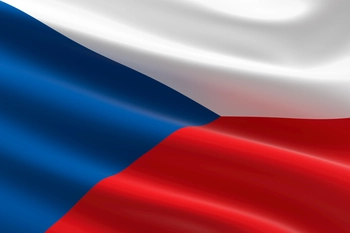
Czech
Czech is a West Slavic language spoken mainly in the Czech Republic and is the official language of the Czech Republic. It is also used in parts of Slovakia and in Czech communities around the world. Czech shares similarities with other Slavic languages such as Slovak, Polish and Russian. It uses the Latin alphabet with …
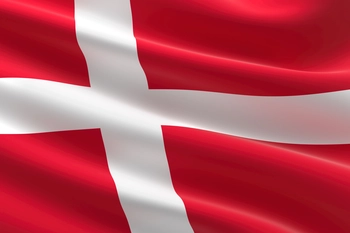
Danish
Danish is a North Germanic language primarily spoken in Denmark and is also an official language of the Faroe Islands and Greenland. It is closely related to other Scandinavian languages like Swedish and Norwegian. Danish has a complex phonology with unique vowel sounds and a melodic intonation. It uses the Latin-based alphabet with additional characters. …

Dutch
Dutch is the official language of the Netherlands and one of the official languages of Belgium. It is also spoken in Suriname, Aruba, Curaçao, and other former Dutch colonies. Dutch is part of the West Germanic language family and is closely related to German and English. It has a relatively straightforward grammar compared to some …
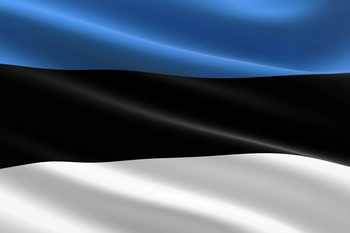
Estonian
Estonian is a Finno-Ugric language primarily spoken in Estonia, a country located in Northern Europe. It is closely related to Finnish and distantly related to Hungarian. Estonian is the official language of Estonia and is spoken by approximately 1.1 million people. It has a phonetic orthography, meaning the pronunciation can be determined from the written …
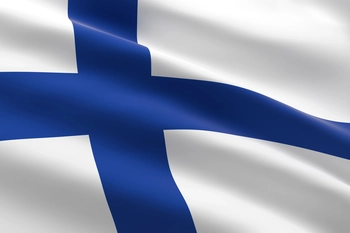
Finnish
Finnish is a member of the Finno-Ugric language family and is spoken primarily in Finland. It's also one of the official languages of Finland alongside Swedish. Finnish is known for its phonetic spelling, with each letter typically representing a single sound, making it relatively straightforward to read once the alphabet is learned. It has a …
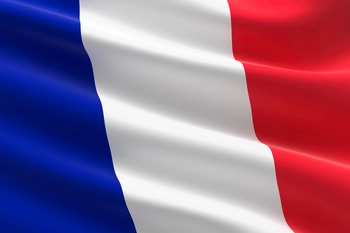
French
French is a Romance language spoken by millions of people worldwide. It is the official language of France, as well as being widely used in various countries as a second language or in former French colonies. French evolved from Vulgar Latin and has been influenced by Celtic, Germanic, and other languages. It uses the Latin-based …
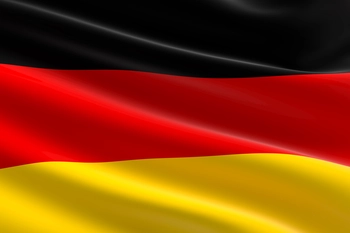
German
German is a West Germanic language spoken mainly in Germany, Austria, Switzerland and Liechtenstein. It is one of the most widely spoken languages in Europe. The German language originated from the Old High German language and developed under the influence of Latin, French and other languages. It uses the Latin alphabet and has a phonetic …
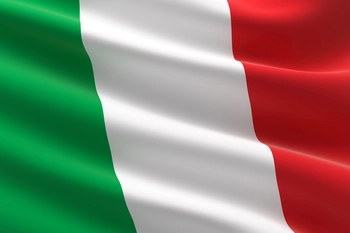
Italian
Italian is a Romance language spoken mainly in parts of Italy, San Marino, the Vatican and Switzerland. It is also widely used and studied all over the world. Italian developed from Latin and has been influenced by various languages, including Greek, French and Spanish. It uses an alphabet based on the Latin alphabet and has …
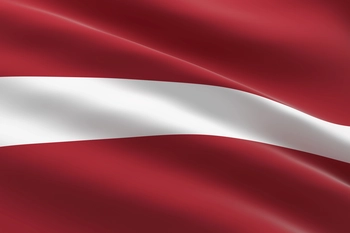
Latvian
Latvian is the official language of Latvia, spoken by around 1.3 million people. It belongs to the Baltic branch of the Indo-European language family and shares similarities with Lithuanian. Latvian has been influenced by German, Russian, and Swedish throughout its history. Its complex grammar system involves extensive inflection. The Latin-based alphabet with diacritical marks is …
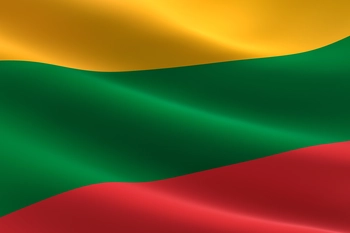
Lithuanian
Lithuanian is a Baltic language spoken mainly in Lithuania, located in the Baltic region of Northern Europe. It is one of the oldest Indo-European languages still spoken today. The Lithuanian language is closely related to the Latvian language and both belong to the Baltic branch of the Indo-European language family. It has a complex grammatical …
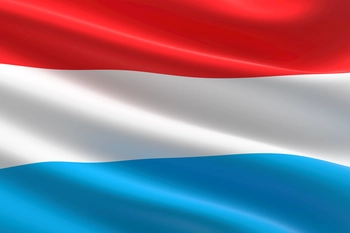
Luxembourgish
Luxembourgish is a West Germanic language primarily spoken in Luxembourg. It is one of the official languages of Luxembourg, alongside French and German. Luxembourgish shares similarities with other Germanic languages, particularly German and Dutch. It has its own unique grammar and vocabulary, with influences from French and other neighboring languages. Luxembourgish uses the Latin-based alphabet …
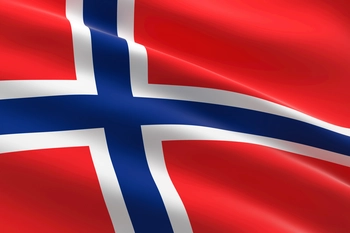
Norwegian
Norwegian is a North Germanic language spoken primarily in Norway. It is closely related to Danish and Swedish, forming a dialect continuum known as the Scandinavian languages. Norwegian has two official written forms: Bokmål and Nynorsk. Bokmål is more widely used and is based on Danish-influenced Norwegian, while Nynorsk is based on a combination of …
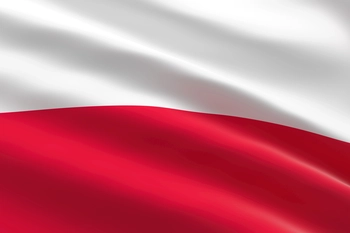
Polish
Polish is a West Slavic language spoken primarily in Poland, where it is the official language. It is also spoken by Polish communities in various countries around the world. Polish is closely related to other Slavic languages like Czech, Slovak, and Russian. It has its own unique grammar system with noun declension, verb conjugation, and …
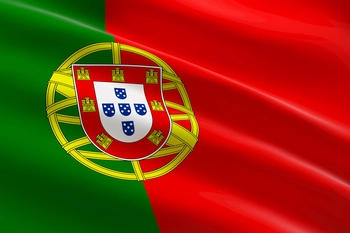
Portuguese
Portuguese is a Romance language spoken primarily in Portugal, Brazil, and several other countries around the world. It evolved from Vulgar Latin and has been influenced by various languages, including Arabic, French, and indigenous languages in Brazil. Portuguese uses the Latin-based alphabet and has a phonetic orthography, making pronunciation relatively straightforward. Its grammar includes noun …
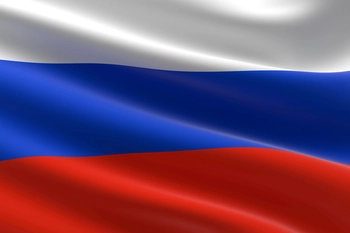
Russian
Russian is an East Slavic language spoken primarily in Russia and several neighboring countries. It belongs to the Indo-European language family and uses the Cyrillic script. Russian is known for its rich literary tradition, with renowned authors like Tolstoy, Dostoevsky, and Chekhov contributing significantly to world literature. It has a complex grammatical structure, including six …

Slovak
Slovak is a West Slavic language spoken primarily in Slovakia, where it is the official language. It is also spoken by Slovak communities in neighboring countries and diaspora communities worldwide. Slovak is closely related to Czech, Polish, and other Slavic languages. It has its own unique grammar system with noun declension, verb conjugation, and grammatical …
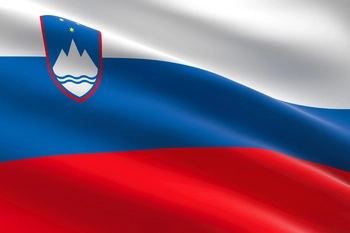
Slovenian
Slovenian is a South Slavic language primarily spoken in Slovenia, a country located in Central Europe. It is also spoken by Slovenian communities in neighboring countries and emigrant communities worldwide. Slovenian is closely related to other South Slavic languages, such as Serbian and Croatian. It has its own unique grammar system, featuring noun declension, verb …
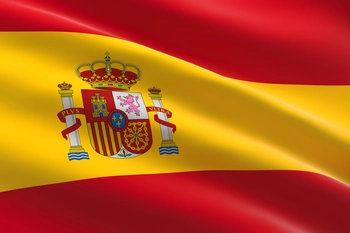
Spanish
Spanish, also known as Castilian, is a Romance language spoken by millions of people around the world. It is the official language of Spain and is spoken in many Latin American countries, as well as in parts of Equatorial Guinea and the Philippines. Spanish originated from Vulgar Latin and was influenced over time by Arabic, …
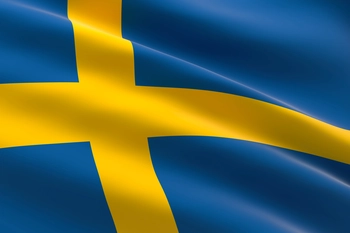
Swedish
Swedish is a North Germanic language spoken primarily in Sweden. It is also one of the official languages of Finland and has recognition in other Nordic countries. Swedish is closely related to Danish and Norwegian, forming a dialect continuum known as the Scandinavian languages. It uses the Latin-based alphabet with additional characters. Swedish grammar features …

Ukrainian
Ukrainian is the official language of Ukraine. It falls under the East Slavic branch of the Indo European language family, alongside Russian and Belarusian. With a significant number of native speakers amounting to over 30 million, Ukrainian holds immense cultural significance and historical value for the Ukrainian people. What sets Ukrainian apart is its distinct …
